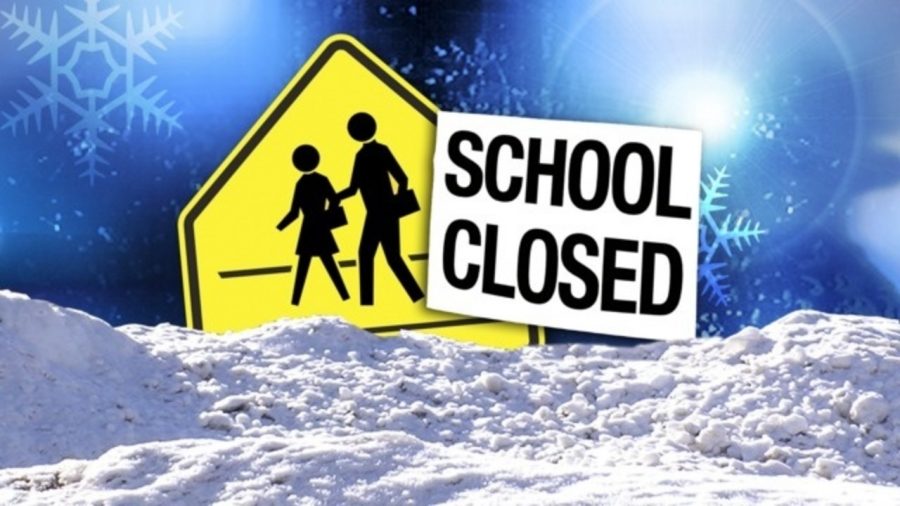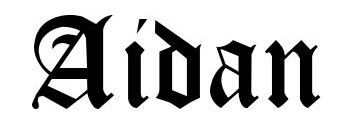Flexible Instruction Days set to replace school cancellation days
December 3, 2021
As the winter season approaches, it’s fair to say that many things have changed from winters past. Last holiday season, we were still working to remain in the building part-time, and two winters ago, COVID-19 was barely a rumor. This season will bring even more change, however, as Shaler Area will be waving goodbye to the snow days of the past and implementing Flexible Instruction Days (FIDs).
FIDs will function identically to the synchronous online instruction days used last year, when the district was using the cohort A&B system to mitigate pandemic-related risk.
“This is a regular school day, but we will operate on a one-hour delay schedule,” Superintendent Dr. Sean Aiken said. “Our expectation is that teachers and students would engage in a schedule similar to a typical school day.”
Expanding on that, teachers and students need to participate in synchronous instruction for a minimum amount of time. What that instruction will look like will be up to individual teachers. However, the minimum instructional time has to be met for the day to effectively replace a regular day in terms of scheduling
“In order to count this as an instructional day, we need our students and teachers to treat it as such,” Dr. Aiken said.
The district also has its reasons for using synchronous instruction rather than asynchronous instruction.
“Although the asynchronous [method] is an effective and flexible mode of instruction, especially when a student may need to rewatch a lesson, we recognize that direct instruction and the connection between a teacher and student and student to student is an important piece of learning,” Dr. Aiken said. “That reconnection component of learning and engagement is a significant focus for us as a school district.”
To “help staff and families get situated for virtual instruction,” Dr. Aiken said flexible instruction days will implement a one-hour delay schedule.
FIDs were considered as a possible alternative to snow days more than two years ago, before the pandemic started. However, Shaler Area did not plan to use them then.
“At the time, we had a lot of questions about the viability, especially since our K-6 students did not have an iPad as we were not 1:1 K-12,” Dr. Aiken said.
The usage of synchronous and asynchronous instruction during the pandemic made the implementation of FIDs much more viable, as every student in the district now has a school-provided iPad. The extra steps taken by the district’s tech support teams to ensure teaching during lockdown ran smoothly are now allowing FIDs to be used.
Should extremely inclement weather result in conditions that prevent students from getting online, “we would most likely cancel the virtual instruction for the day,” Dr. Aiken said.
For example, if a blizzard causes widespread power outages in the district, preventing students without alternate devices and/or data plans from having internet access, the instructional time would be made up in the form of a day taken off of spring break, like in previous years.
“We try to apply the common sense rule for this, and we recognize that some inclement weather may not provide students and staff the opportunity to join online,” Dr. Aiken said.
From the district’s perspective one of the main benefits to FIDs is the ability to keep spring break at its originally planned length of one week.
“When we take a snow day, typically that takes away from your spring break. There are some teachers and students that plan trips during spring break, and protecting that time… is also another important factor,” Dr. Aiken said.



